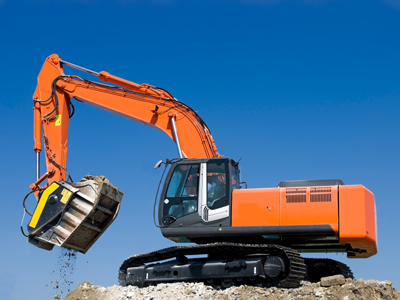
Forces - Hydraulics
This Physics quiz is called 'Forces - Hydraulics' and it has been written by teachers to help you if you are studying the subject at senior high school. Playing educational quizzes is one of the most efficienct ways to learn if you are in the 11th or 12th grade - aged 16 to 18.
It costs only $12.50 per month to play this quiz and over 3,500 others that help you with your school work. You can subscribe on the page at Join Us
Pressure can be transmitted in all directions through all fluids. It is transmitted particularly efficiently through liquids. Although their particles are further apart than solids, they are still close enough together for liquids to be non-compressible. That means that when pressure is applied to the surface of a liquid its volume remains the same. If you fill a flexible container (for example, a balloon) with water and squeeze it, it will change shape but not volume. Areas that are not supported will bulge out, wherever they are showing that the pressure is transmitted in all directions through liquids.
Ready for more?
not all...
quizzers. Try to win a coveted spot on our Hall of Fame Page.







